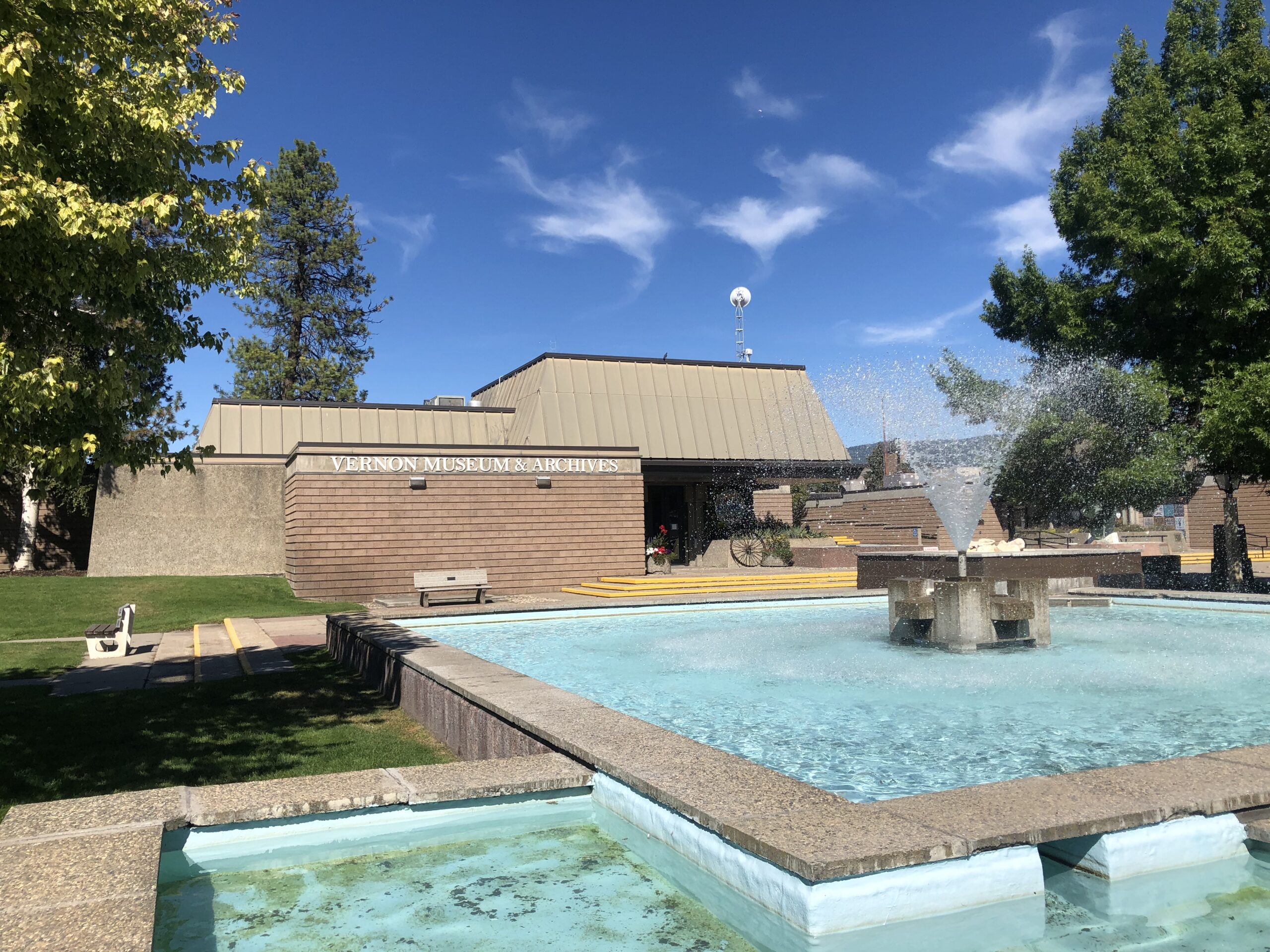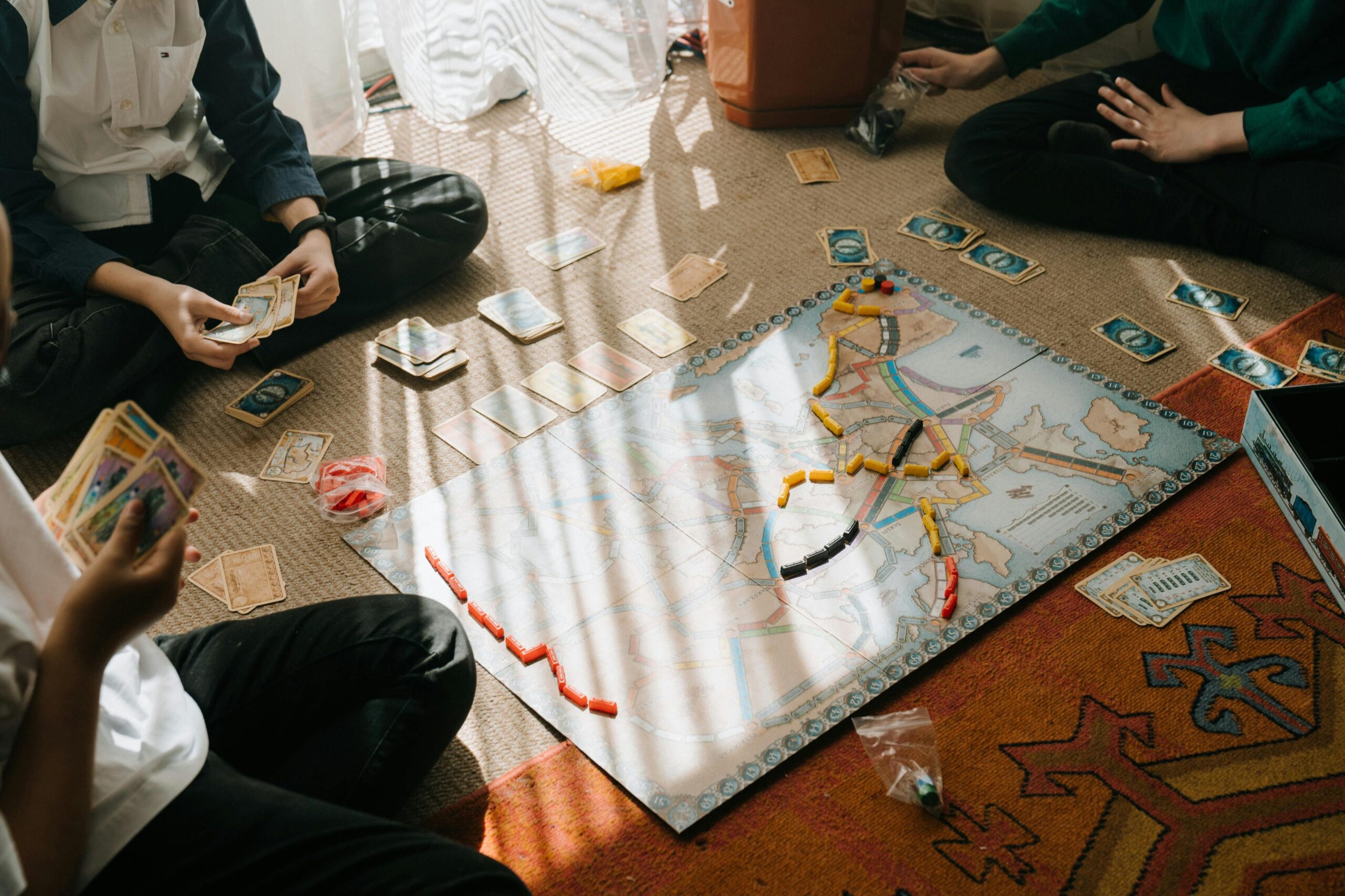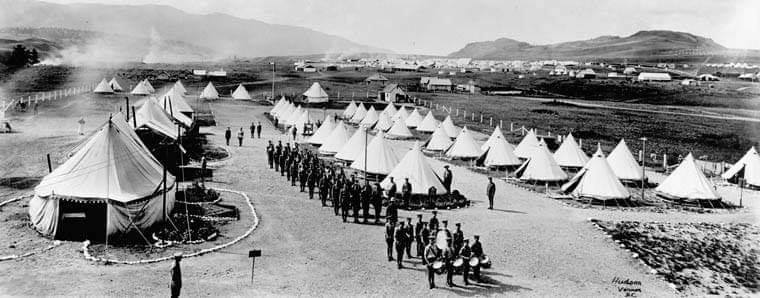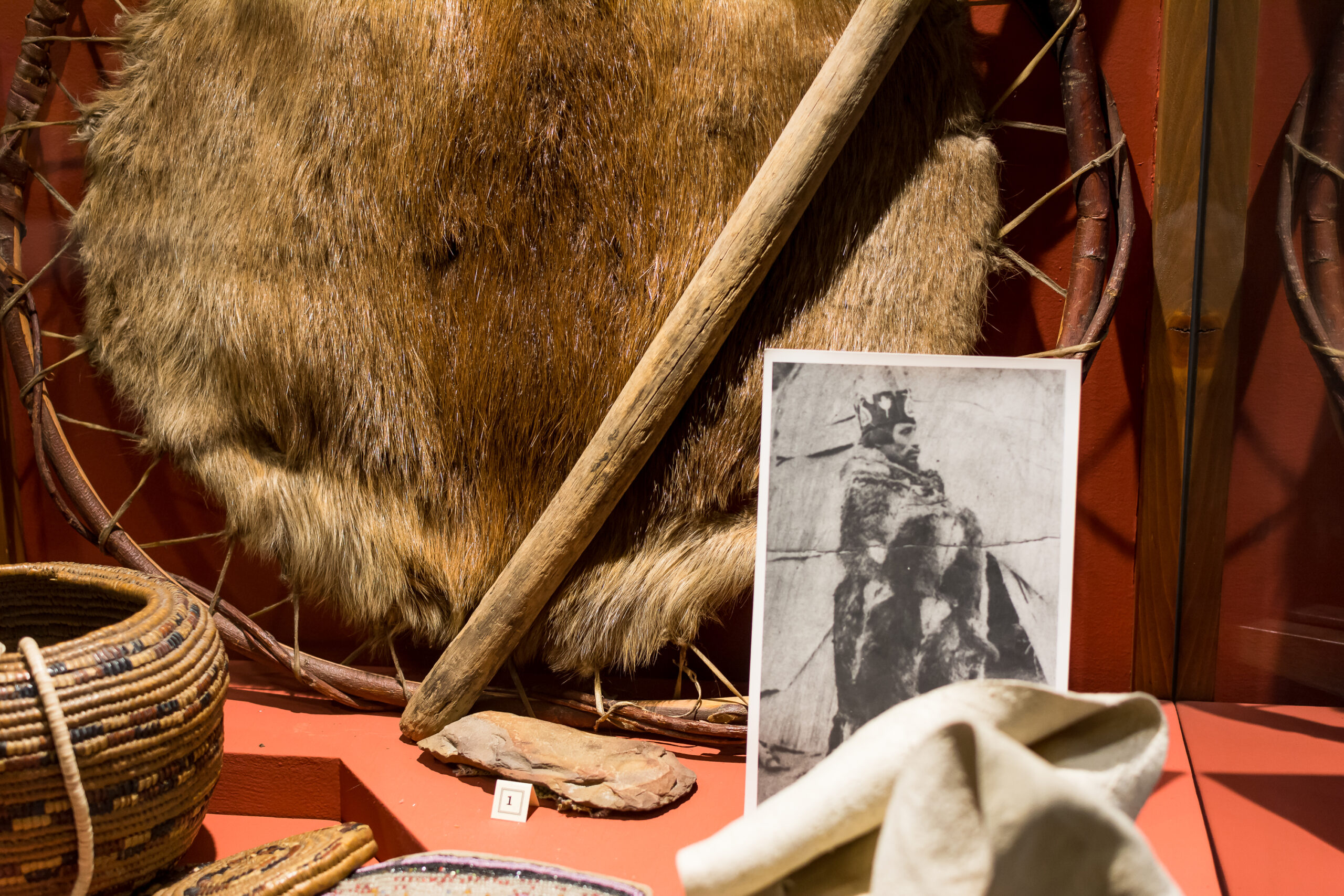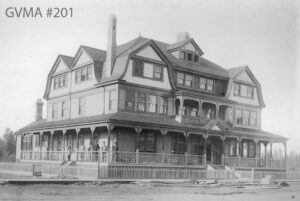A Brief History
The people of the North Okanagan have been through outbreaks, epidemics, even pandemics before. Can exploring our history teach us anything about our present, or our future?
Learn from yesterday, live for today, hope for tomorrow.
― Albert Einstein
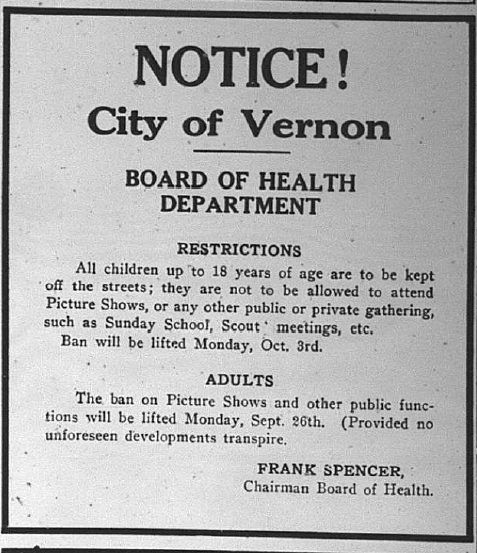
What is a pandemic?
We’ve heard the word a lot lately, but what does it actually mean? What does it take for the spread of an illness to qualify as a pandemic?
AN OUTBREAK is a greater-than-anticipated increase in the number of cases of an illness, or a single case in a new area. If not controlled, outbreaks can quickly become epidemics.
AN EPIDEMIC is defined as a rapid spread of disease to large numbers of people over a short period of time.
A PANDEMIC is an epidemic that spreads to several countries and continents around the world.
What’s in a word?
Pandemic comes from the Greek words pan, “all,” and demos, “people.” Health agencies use it to refer to the worldwide spread of a previously unknown disease.
There is no agreed definition of the term “worldwide” or “global”, or how many countries – and continents – must be infected for a disease to be labelled a pandemic.
The World Health Organization declared the novel coronavirus, COVID-19, a pandemic on March 11, 2020, when 118,000 people had been infected in 110 countries.
Pandemic influenza is by nature an international issue; it requires an international solution.
– Dr. Margaret Chan
Smallpox
Variola
The initial symptoms of this infectious disease are fever and vomiting, followed by the formation of sores in the mouth and a skin rash. Once these fluid-filled bumps scab over, they can cause severe scarring.
Smallpox is spread through airborne droplets, usually from prolonged face-to-face contact with an infected individual.
The earliest cases of smallpox have been traced back to the 3rd century BCE. In the 20th century, it is estimated to have killed up to 300 million people. However, the introduction of the first modern smallpox vaccine in 1796 and the intensification of efforts by the WHO to combat the disease starting in 1967, contributed to its global eradication in 1980.
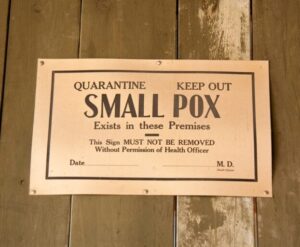
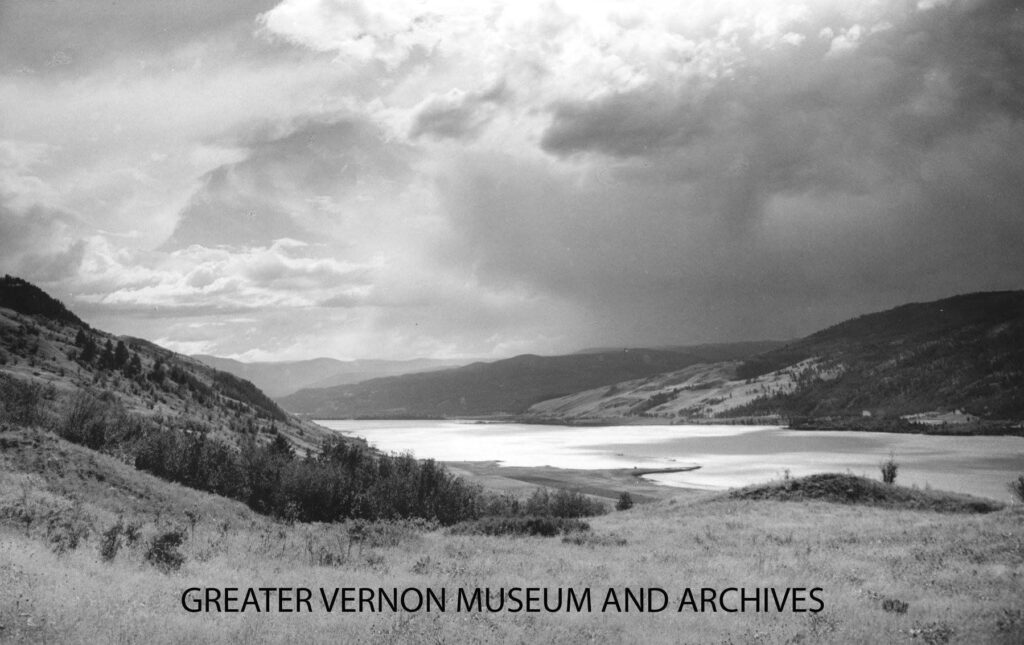
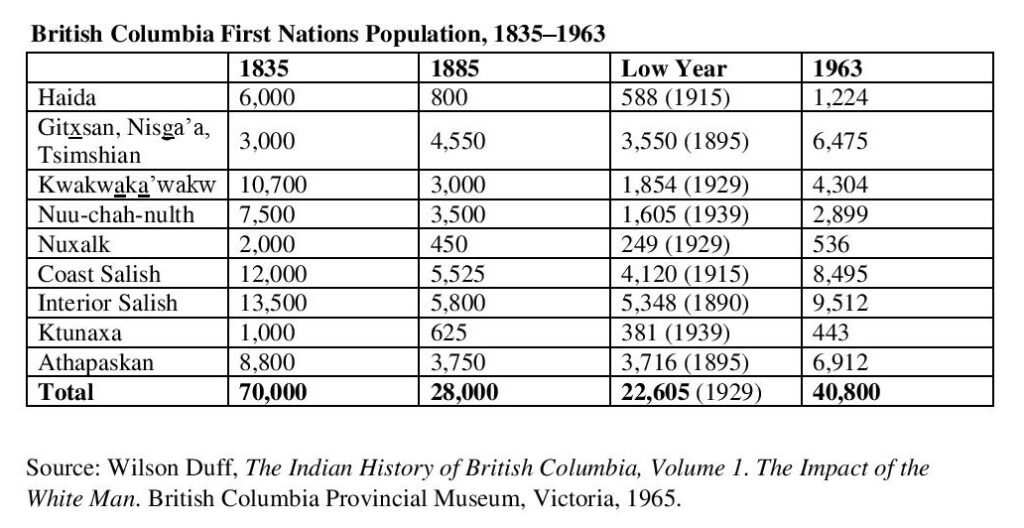
Smallpox in the Okanagan
Starting in the 18th century, at least three major smallpox epidemics affected the Okanagan First Nations. The first to touch the Okanagan peoples likely occurred in the late 1700s. The most destructive was that of 1862/’63, with 30,000 deaths among indigenous populations across the province.
This decimation of the Head of the Lake community reportedly made them vulnerable to pressure from government officials to reduce the extent of their reserve land in 1865.
The third major smallpox epidemic occurred in 1883. C.L. Cawston, an early pioneer who settled in the Southern Okanagan, was sent vaccinations by the Canadian Government to administer to the indigenous of the Lower Similkameen and South Okanagan.
Not enough vaccines were sent, and so Cawston improvised in the creation of his own vaccine by contaminating a needle on an infected sore and then introducing it into the arm of a healthy individual. This mass vaccination halted the epidemic.
It is estimated that smallpox epidemics contributed to the loss of over half of First Nations populations in BC.
The Syilx People of the Okanagan are part of the Interior Salish peoples, whose population of decreased from 13,500 in 1835 to a low of 5,348 in 1890.
Diphtheria
Corynebacterium Diphtheriae
An infection that begins gradually, with a sore throat and fever. In severe cases, a grey or white patch develops in the throat, which can cause a croup-like cough.
Diphtheria is extremely contagious, and spread between people through air-borne droplets.
Cases of diphtheria around the world have decreased significantly since the 1920s and ‘30s, thanks to the introduction of effective immunization.
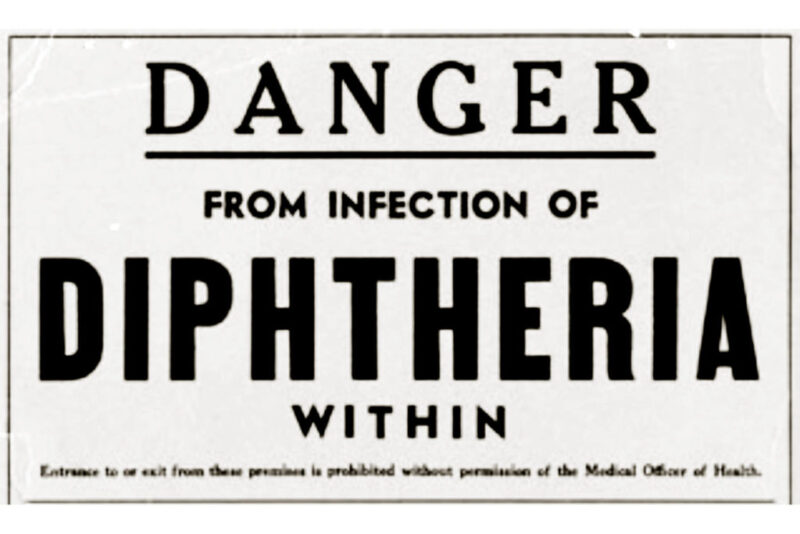


Diphtheria in the Okanagan
In 1894, diphtheria spread throughout the Okanagan Valley. It began with an outbreak in Fairview caused by impure water, moved through Keremeos, and eventually reached Vernon.
When Robert Armstrong, his sister Ida, and his little niece Clover became ill, they moved from Fairview to Vernon to seek medical treatment. Sadly, the young girl did not survive the journey.
Upon their arrival in Vernon, the siblings were quarantined in an empty house. Guards were hired to keep the public away, and no one was permitted entry except medical personnel. The local school was even closed as a precautionary measure.
When the two nurses that were caring for them became ill, Ida’s husband William took over. Ida recovered under his care, but Robert unfortunately passed away.
From Vernon News, November 22, 1894:
Quarantine & School Closures
“The board of health beg to report that they have been advised by Dr. O. Morris, that a lady and gentleman who arrived her on Saturday by boat from Penticton were round to be suffering from diphtheria, and were taken into quarantine to keep the disease from spreading. As a further precaution, we thought it advisable to have the public school closed for a week.”
The Flu
Influenza
An infectious disease with symptoms that can range from mild to severe, the most common being fever, runny nose, cough, sore throat, and fatigue.
Usually, the disease is spread through droplets in the air, but can also be spread through contaminated surfaces.
Influenza spreads around the world in yearly outbreaks, typically during the winter. Because the virus constantly mutates into different strains, new vaccines against it are produced twice per year.
WWI ended, and a global pandemic began
1918 Influenza Worldwide
As WW1 ended, and soldiers, military and medical professionals returned home, the virus was spread around the world, creating a pandemic.
WWI ended, and a global pandemic began
1918 Flu in the Okanagan
The 1918 Flu Pandemic saw 500 million people around the world fall sick in a series of waves. Before the virus ended its deadly global march, more than 20 to 50 million people were killed.
In October of 1918, Vernon responded by closing schools, theatres, and churches, and prohibiting public gatherings. By that point, there were already 9 cases in town, including one prisoner and two guards at the Vernon Internment Camp. People were encouraged to stay at home, keep their space from each other while out in public, and isolate if showing any symptoms.
10-year-old Elmo Smith contracted the flu, and his entire family—with the exception of his baby sister—fell sick. They became so sick, in fact, that a family member had to move in from a great distance away to take care of the farm chores.
By November, the number of cases had increased to 225, with five deaths. However, as the month progressed, the rate of growth in new cases began to decrease, and the public gathering ban was lifted. It was believed that “the particularly salubrious climate of the Okanagan had much to do in [Vernon’s] escape from the devastating ravages of the disease which had proved so fatal in many parts of the country.”
But this would not be the last flu pandemic in Vernon, despite the Okanagan’s healthful climate.
In 2009, a young Vernon girl recently returned from a trip to Mexico became the Interior Health’s first case of the Swine Flu. Her fellow 500 students at Beairsto Elementary School were sent home for a week as a precaution. Once it became available, a vaccine was administered to high-risk individuals at Kal Tire Place.
The 2009 H1N1 pandemic caused between 151,700 to 575,400 deaths worldwide.
The fact that there was no catastrophic pandemic in recent history does not mean there won’t be another one. And we are certainly not prepared for the next pandemic.
– Bill Gates in 2015
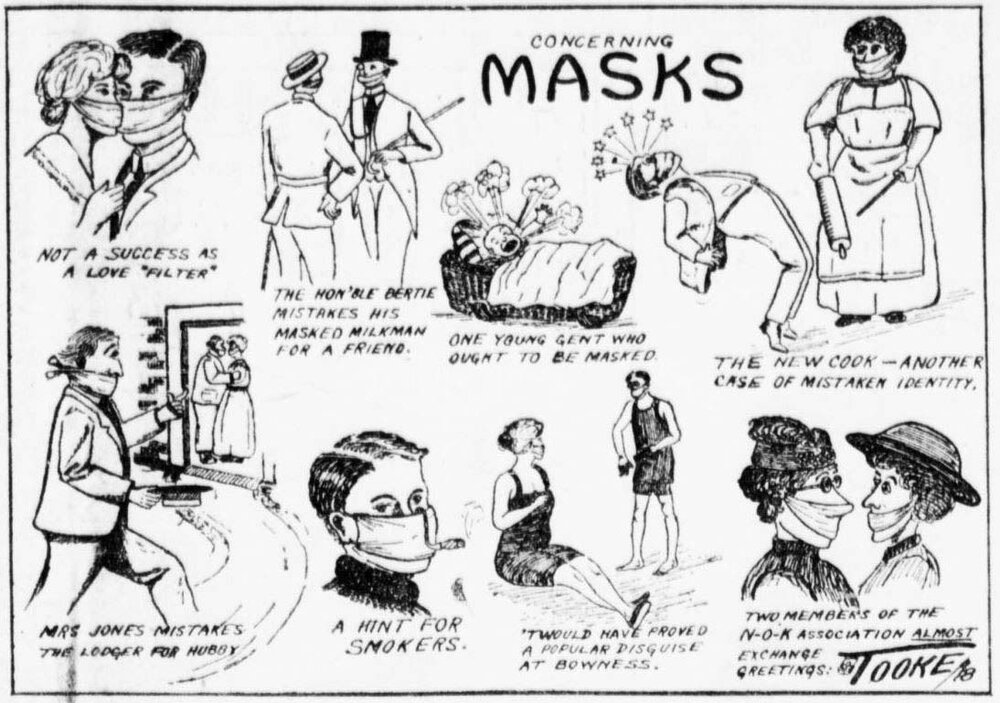

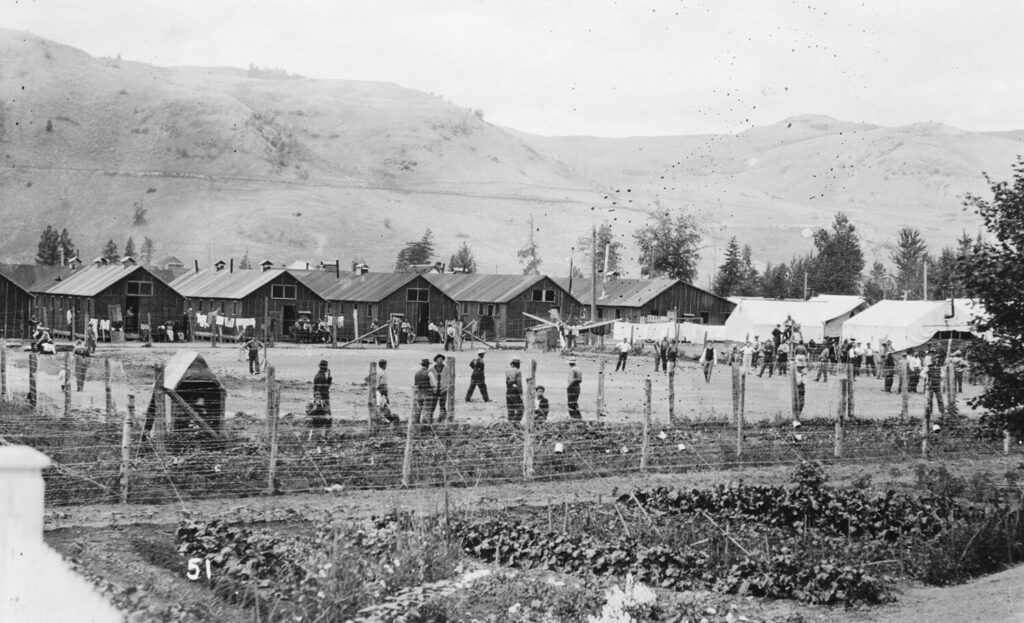
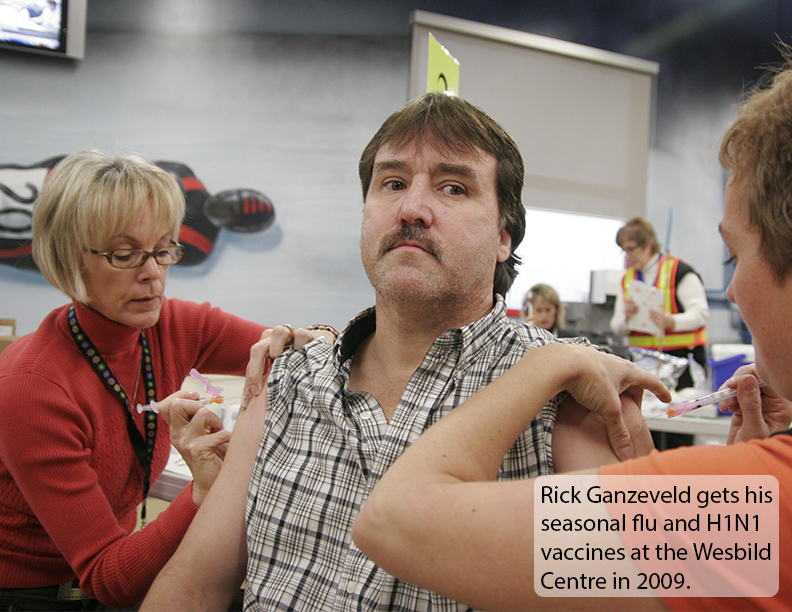
Memoirs of nursing through war, outbreaks, and pandemics
Dorothy D’Arcy Golerick speaks of her training in Vernon in 1917 and experiences following, including nursing through two World Wars, Tuberculosis, Thyphoid Tever, and 1918 Influenza pandemic.
- Recording #1
Speaks of her training in Vernon in 1917 and experiences following, including nursing through wars, first job at Lady Minto- Gulf Islands Hospital 1918, earthquake.
- Recording 2
First experience with death, nursing through TB, 1918 flu, typhoid. Wrote nursing exams in 1922 – the first ever nursing exams. Quit nursing as you weren’t allowed to be married. Went back in WW2 when there was a shortage of nurses.
- Recording 3
Nursing in Fanning Island- South Pacific, giving anesthetics and handling aggressive relationships between doctors and nurses.
Polio
Poliovirus
An infectious disease that can cause a range of symptoms, from a slight fever and sore throat, to severe weakness and paralysis.
Polio is spread through the ingestion of fecal matter, or through contaminated food and water.
A preventative vaccine was invented in 1950, which must be taken in several doses for it to be effective. If infected, there is no specific treatment for polio. Thankfully, cases of polio have decreased around the world by 99% since 1988.

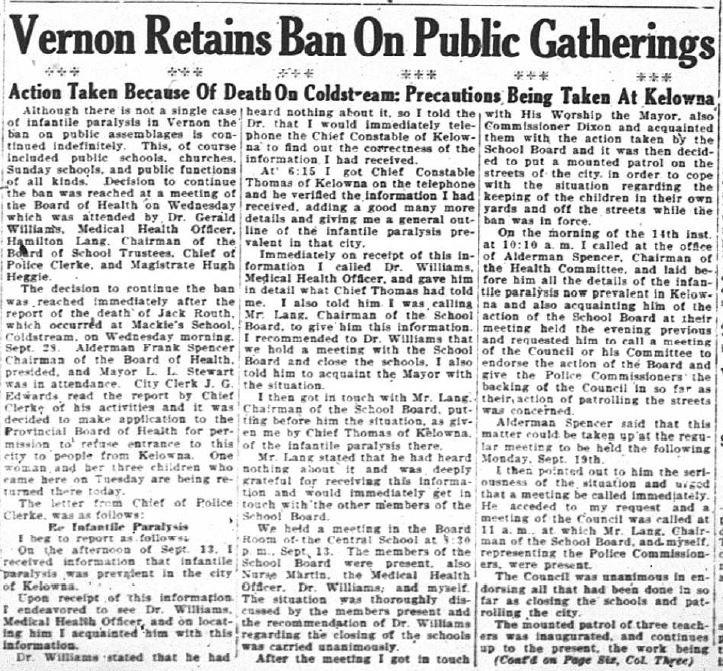
Polio in the Okanagan
In September of 1927, after two boys at the Vernon Preparatory School in Coldstream developed symptoms associated with polio, all of the boys were quarantined in a ravine not far from the school grounds.
Tents were pitched 50 feet apart, and 22 latrines were constructed, one for every two boys.
Each boy had his own tent, complete with a spring bed, blankets, towels, a wash basin, soap, and an oil heater; in total, 45 tents were erected. Telephone service was even extended to the camp so that the boys could be in touch with their parents.
The boys were tested to make sure they were healthy before they moved into the camp, so for them, living in a tent city must have been closer to camping than to being quarantined.
The Vernon Boy Scouts helped keep their friends’ spirits up by providing them with books and games. Those boys who did not pass the health examination were kept in rooms in the school building, but officials eventually decided they were not suffering from polio and sent them off to the tent city.
Eventually, the necessary quarantine time of 21 days had passed, and the boys were sent home.
FROM VERNON NEWS, SEPTEMBER 29, 1929:
Ban on Public Gatherings
Although there is not a single case of infantile paralysis in Vernon the ban on public assemblages is continued indefinitely. This, of course, included public schools, churches, Sunday schools, and public functions of all kinds. Decision to continue the ban was reached at a meeting of the Board of Health on Wednesday….
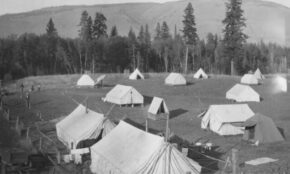

Polio vaccine developed
- Dr. Jonas Salk speaks to Meet the Press on May 14, 1961
Dr. Jonas Salk: The developer of the first successful Polio Vaccine, speaks to Meet the Press on May 14, 1961.
Typhoid Fever
Salmonella Enterica
A bacterial infection that causes a high fever accompanied by weakness, abdominal pain, constipation, headaches, and vomiting. Some individuals develop a skin rash of rose-coloured spots.
Typhoid is spread through the eating or drinking of contaminated food or water.
The first vaccine for typhoid was invented in 1896. Children and high-risk individuals continue to be inoculated in regions where the disease is common. Once contracted, the only available treatment is antibiotics.

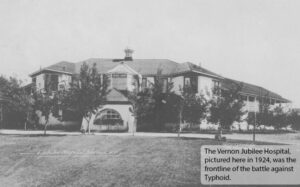
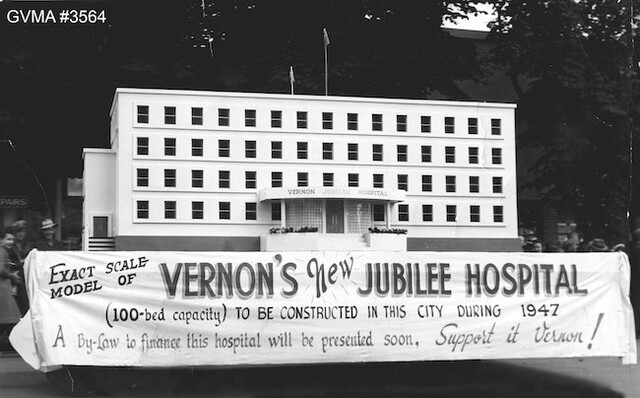
Typhoid Fever in the Okanagan
Typhoid Fever broke out in Vernon in 1943; fifty-five citizens contracted the disease, and five died. The source? Milk contaminated by an asymptomatic carrier, Vernon’s own “Typhoid Mary.”
Local photographer Doug Kermode and his wife Nesta were among those who contracted the illness, and reported that a bland, low-fibre diet was considered of utmost importance in the treatment of typhoid: they were spoon-fed milk, poached eggs, and cream-of-wheat cereal by hospital staff and volunteers.
In addition to profuse sweating, chills, exhaustion, and weakness, Kermode experienced delirium as a symptom of typhoid. One of his fellow patients, Will, also appeared to be suffering from confusion, after he apologized for the noise caused by the parking of his plane outside their hospital window the night before.
By early 1944, the illness had been contained and the patients were discharged from hospital. However, it would take some of them many months to recover their full strength.


